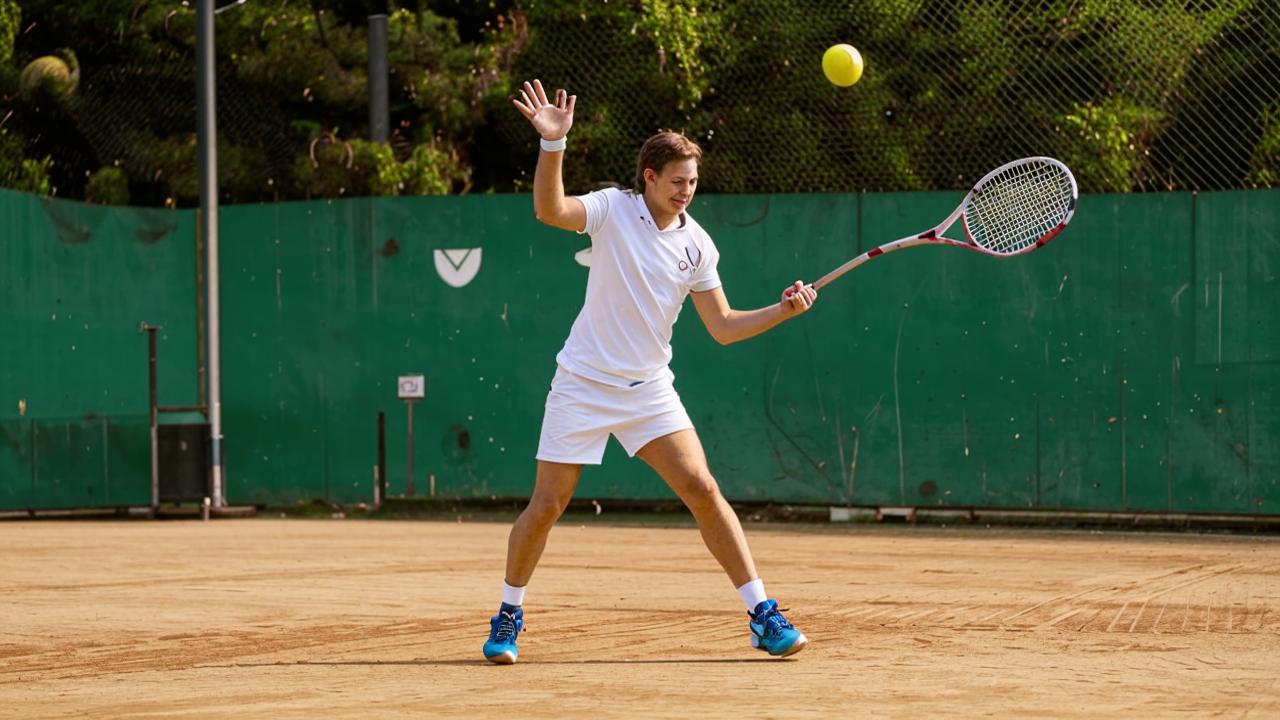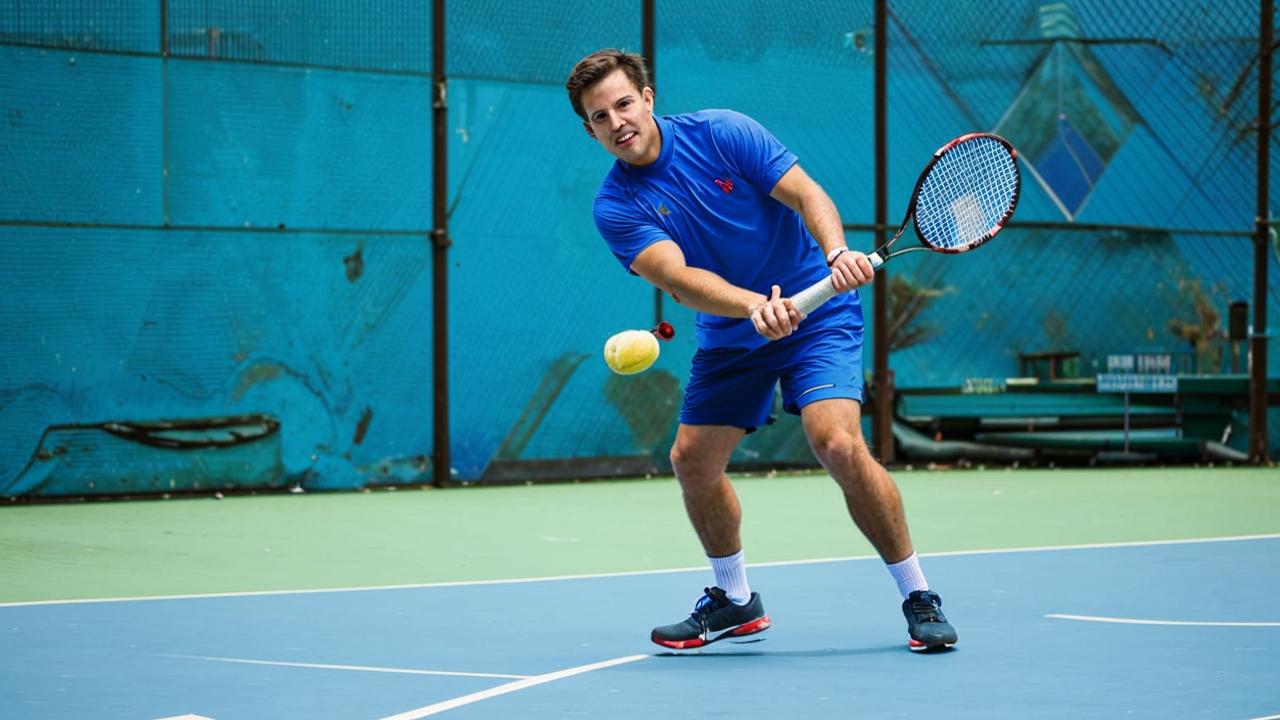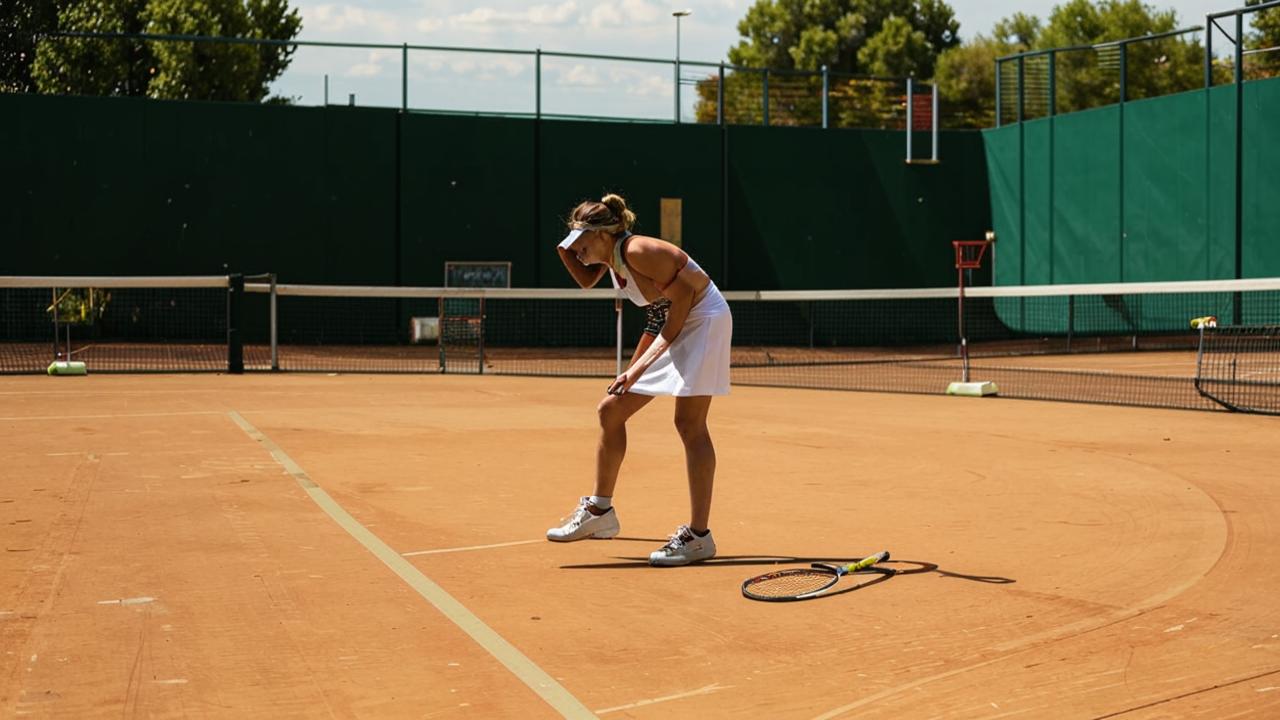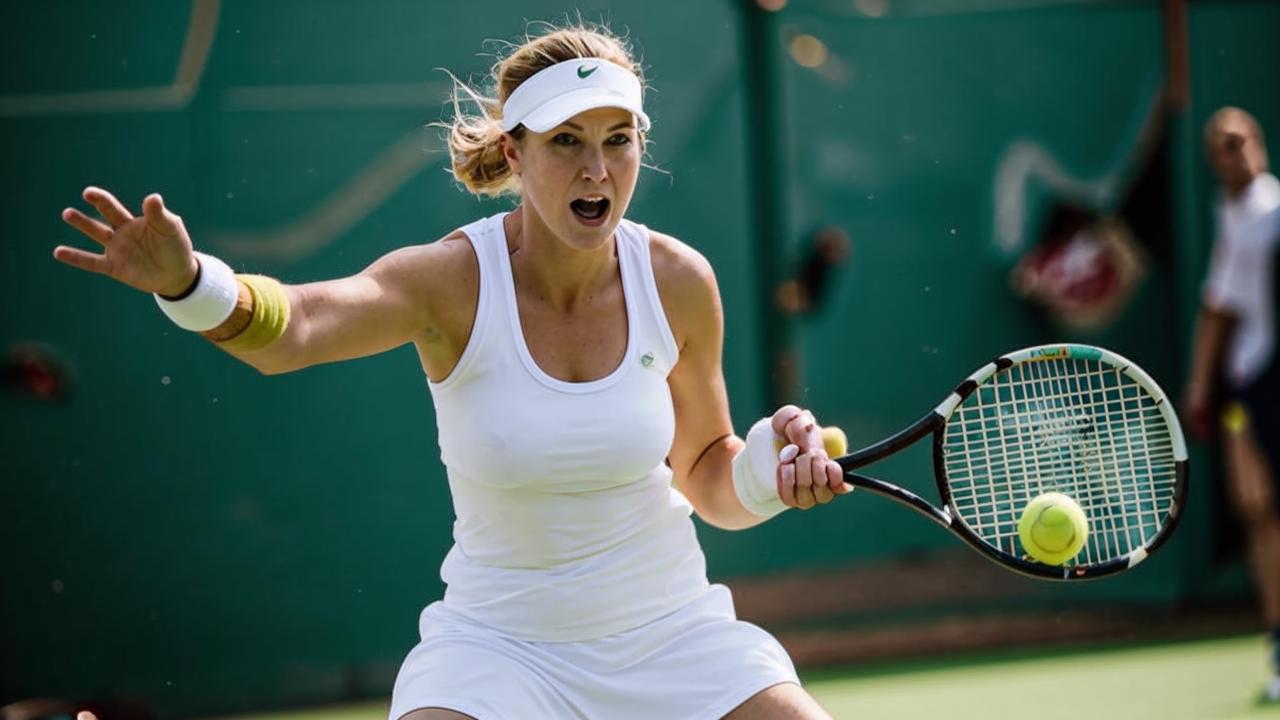
0.7 seconds – the very instant that is critical for a professional tennis player to win a point. This is how long the interval between the opponent’s serve and return lasts on average. And this speed outstrips the speed of the brain. How then is the process of analyzing what is happening? And how is the game even possible?
How the brain calculates the trajectory of the ball
In a short period of time, a tennis player must have time not only to react to the ball’s flight, but also to choose a tactic of response. At the same time, the ball flies all over the court at a speed of about 200 km/h.
This means that in 0.7 seconds a tennis player has to process visual information and adjust his actions, adapting to the rapidly changing situation. And the result of a point depends on how quickly and correctly he does it.
It turns out that the tennis player actually has less than half a second to make a conscious decision about what stroke to use in response. The whole situation develops so rapidly that it is impossible to engage in active logical thinking.

Instead, reflexes, intuition and muscle memory trained over the years come into play. Thanks to thousands of repetitions of strokes during training, a tennis player “knows” which return stroke to use in a certain direction of the ball’s flight. His body itself executes refined movements faster than his conscious thought processes.
Sometimes tennis players have to act even faster. For example, in the final match of Wimbledon 2016, Andy Murray took Milos Raonic’s record-breaking 237km/h serve in just 577 milliseconds. And not only did he take it, he won the point.
The example of serving and receiving the ball in tennis clearly demonstrates that in practice the ball often moves much faster than a person’s conscious thinking can be triggered. During those critical seconds while the ball travels from the server to the receiver, the tennis player physically cannot have time to think about his actions.
Nevertheless, the world’s best tennis players regularly prove their ability to keep up with this speed. Their reaction, intuition and coherence of movements allow them to respond with lightning-fast strokes, demonstrating a truly unique mastery of the racket on the edge and beyond the limits of human capabilities.

The whole point is that, in addition to working with the body and training, tennis players actively use the resources of their conscious and subconscious mind:
Visualization
Tennis players can pre-visualize their game in their mind. They imagine every shot, movement, and reaction to the ball. This helps them focus on the right moves and strategy. They visualize themselves executing perfect shots, moving with ease and confidence on the court. This helps the subconscious mind create positive images about the game and enhances inner confidence and execution.
Being fully present in the here and now
Athletes focus only on the current moment and do not think about past mistakes or future outcomes. This technique helps them maintain mental clarity and react quickly and appropriately to the current situation.
Scream
Shouting at the moment the ball makes contact with the racket helps the tennis player to develop more power in the stroke. When a player yells, it creates extra tension and allows more muscles to be used to strengthen the stroke. The loud sound of the voice also releases built-up tension and emotions, especially during intense physical exertion. This helps to relieve stress and focus on the game.
Breathing exercises
Tennis players use deep and rhythmic breathing before playing to create a calm state and reduce stress levels. This helps them focus on the present moment and collect themselves before the game.

Creating specific goals
Players clearly state their goals before a match to direct their attention and energy in the right direction. They can set both general goals (e.g., win the match) and small goals within the game (e.g., focus on positioning and movement).
Repetition of positive affirmations
Many tennis players repeat morning affirmations that help them build confidence and program themselves to win. For example, “I am a strong player” or “I am capable of a great game”, “I move quickly and confidently on the court”, “I get better and better every game”.
Use of rituals
Tennis players often create their own personal rituals before playing, such as special body movements, checking equipment, special greetings, this helps them to get into a certain state of mind and be ready to play.
Scientists analyzed sports, when a player interacts with the ball, and came to the conclusion that the human brain almost instantly assesses the parameters of the ball movement and performs one or another action.
Based on this, engineers tried to create robots for competitions between humans and machines. However, the robots did not have time to track the trajectory of the ball and kick it.
The authors of the work found that a person who wants to catch the ball flying to him, acts according to a certain algorithm: first detects the object, then instinctively makes a movement towards the ball, which allows you to more accurately determine the position of the object and its trajectory. If the course is sharply curved to the ground, it starts running towards the object to equalize the relative trajectory.

A similar algorithm of behavior is typical for animals: insects, birds, mammals, which confirms the instinctive rather than logical nature of hunting for a moving object. Thus, information about the initial point of movement of any object is absolutely unimportant – it is only necessary to keep constant the relative trajectory of the object so that it moves to the observer.
This principle of action was applied to create a robot Catchbot, which tracks the relative motion of the ball with a single camera connected to a computer for further data processing. The robot intercepted the ball in 75% of its attempts, which is pretty good for an entry-level job.
Perhaps by 2050, engineers will be able to create robots that can play with humans. But for now, humans outperform them in the game, as they use all the resources of their body, consciousness and subconscious mind.





